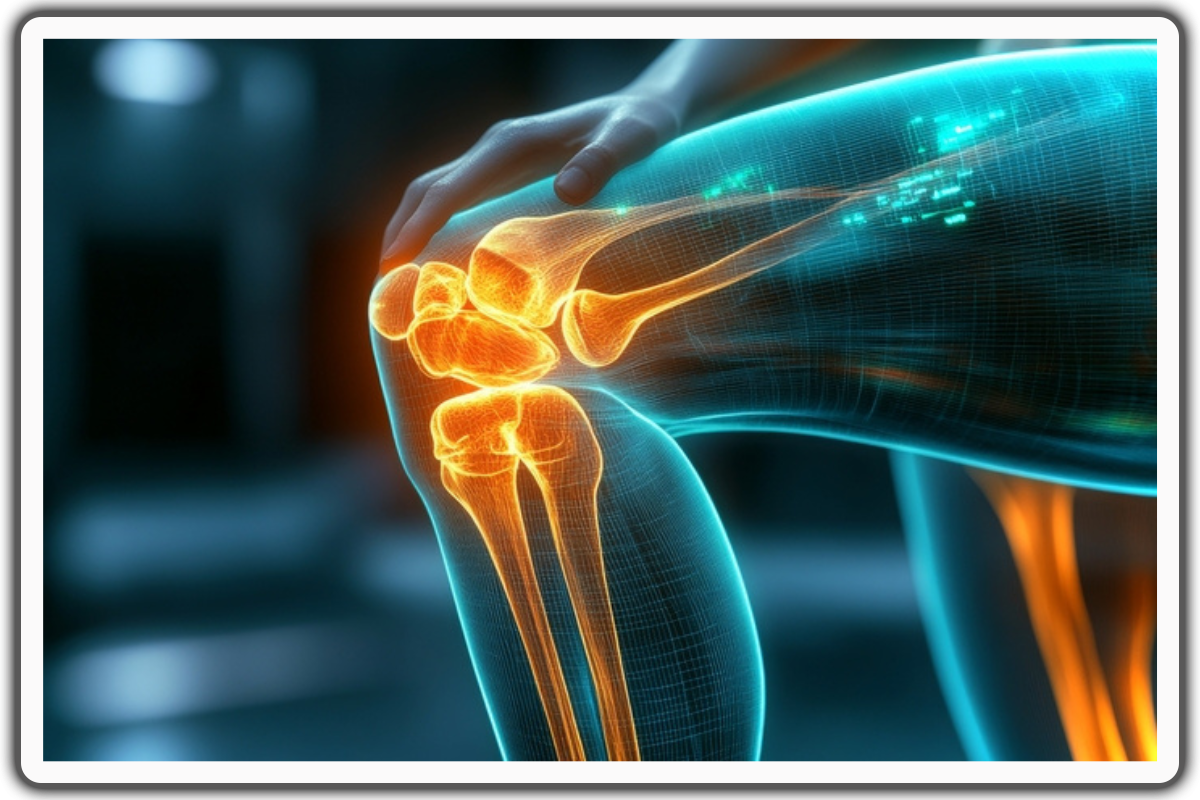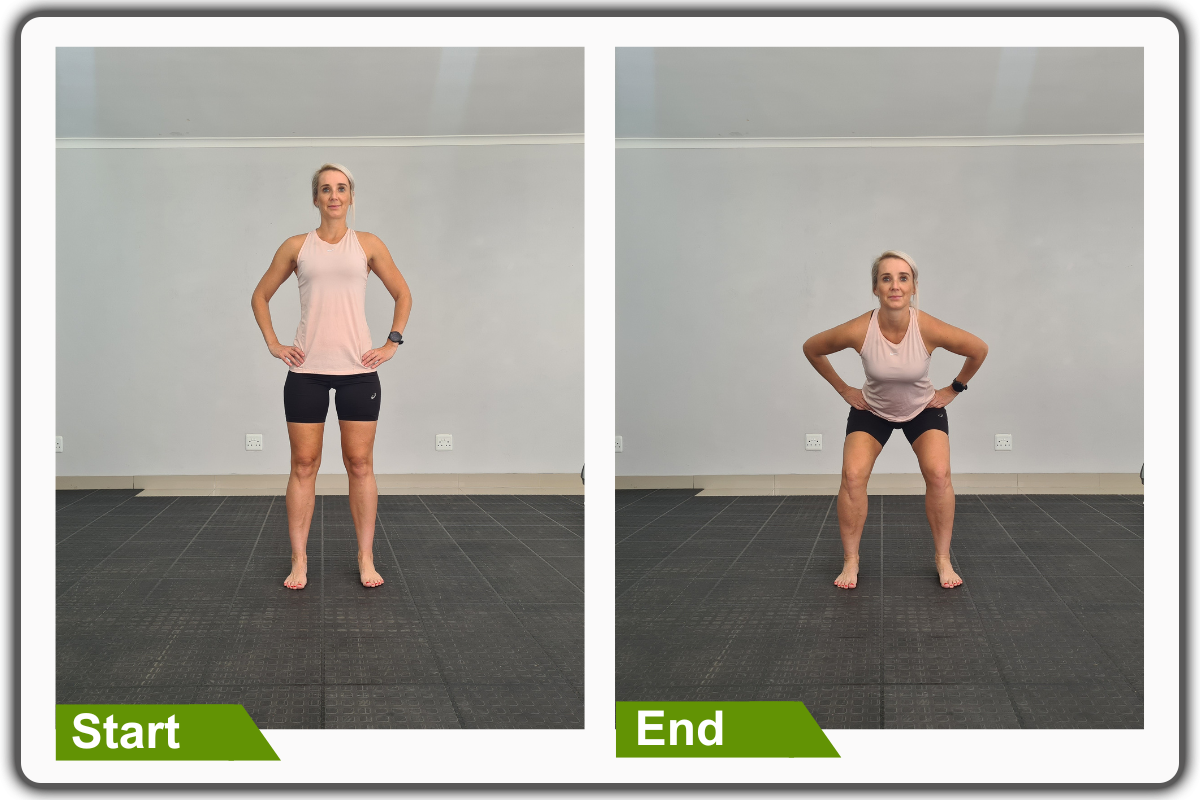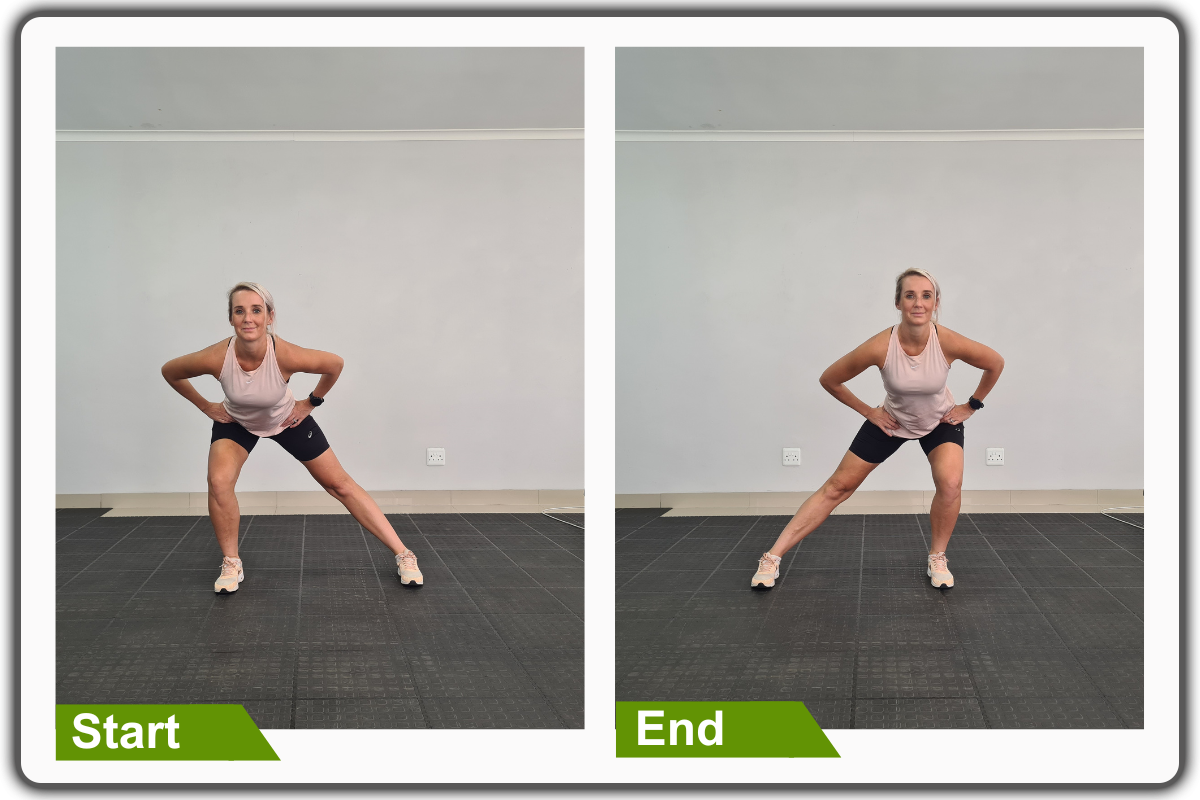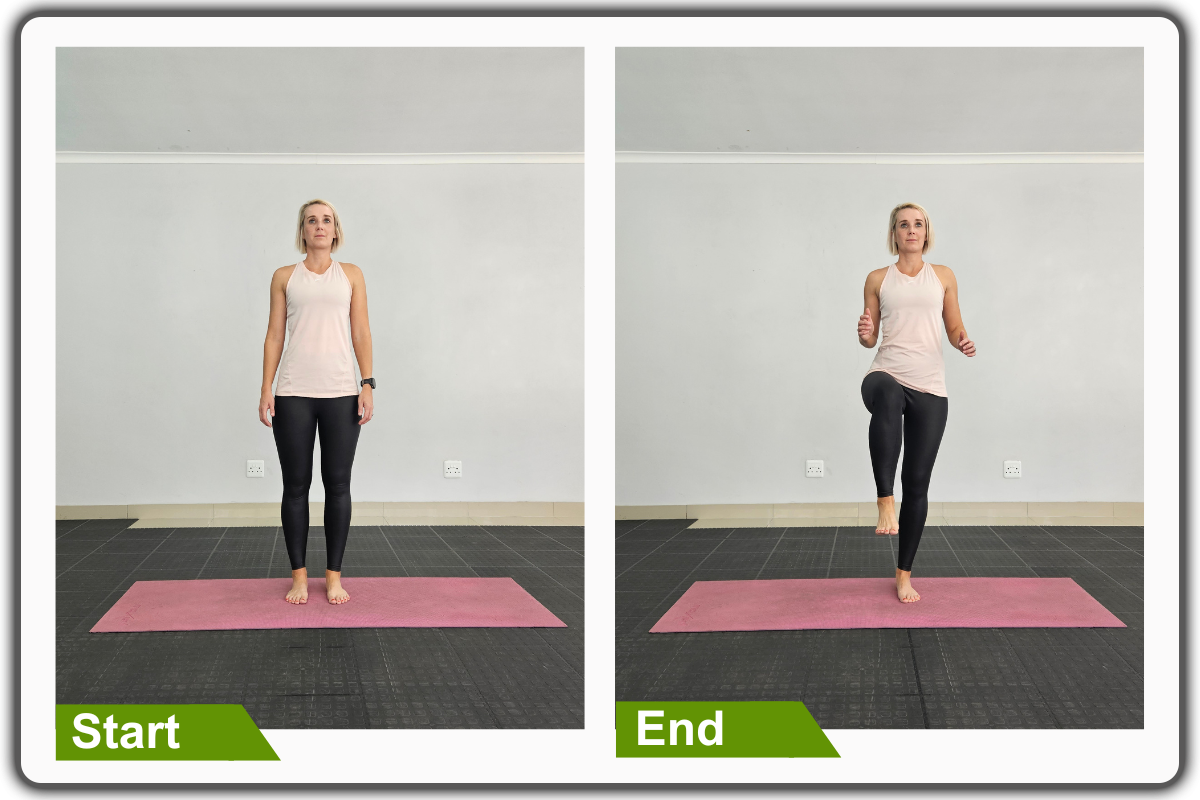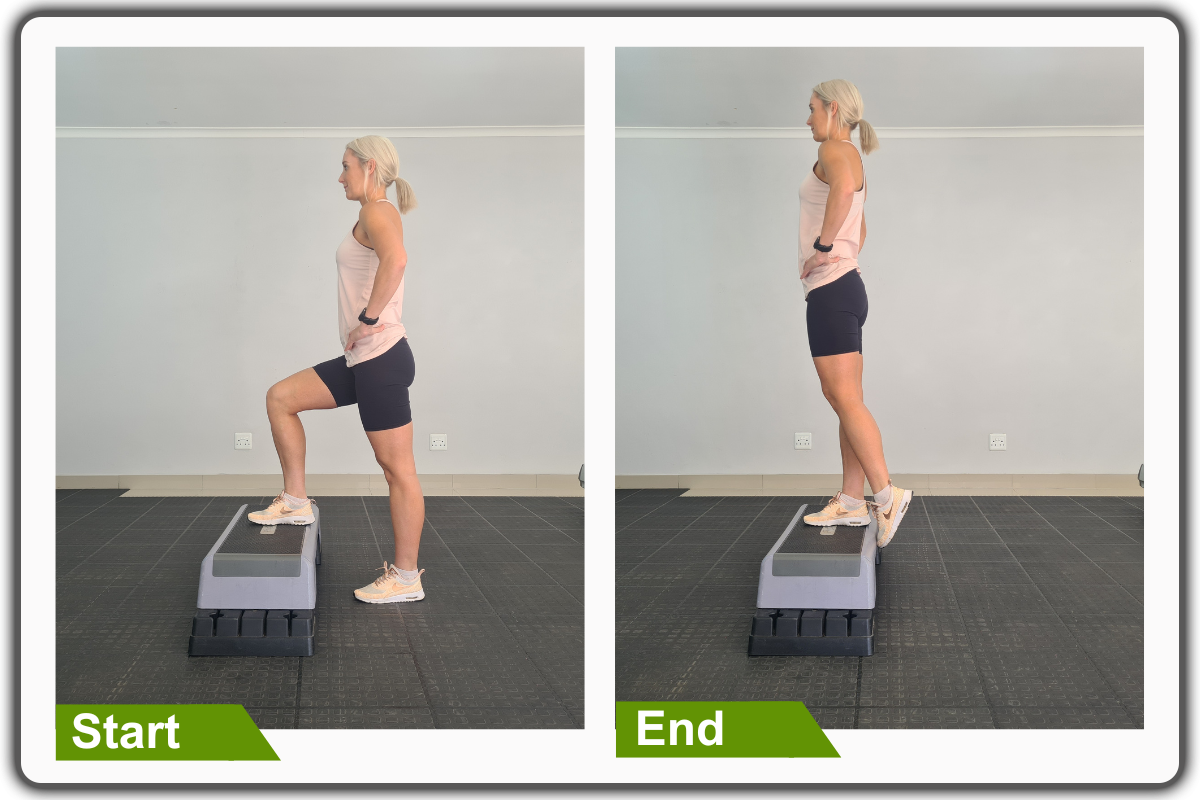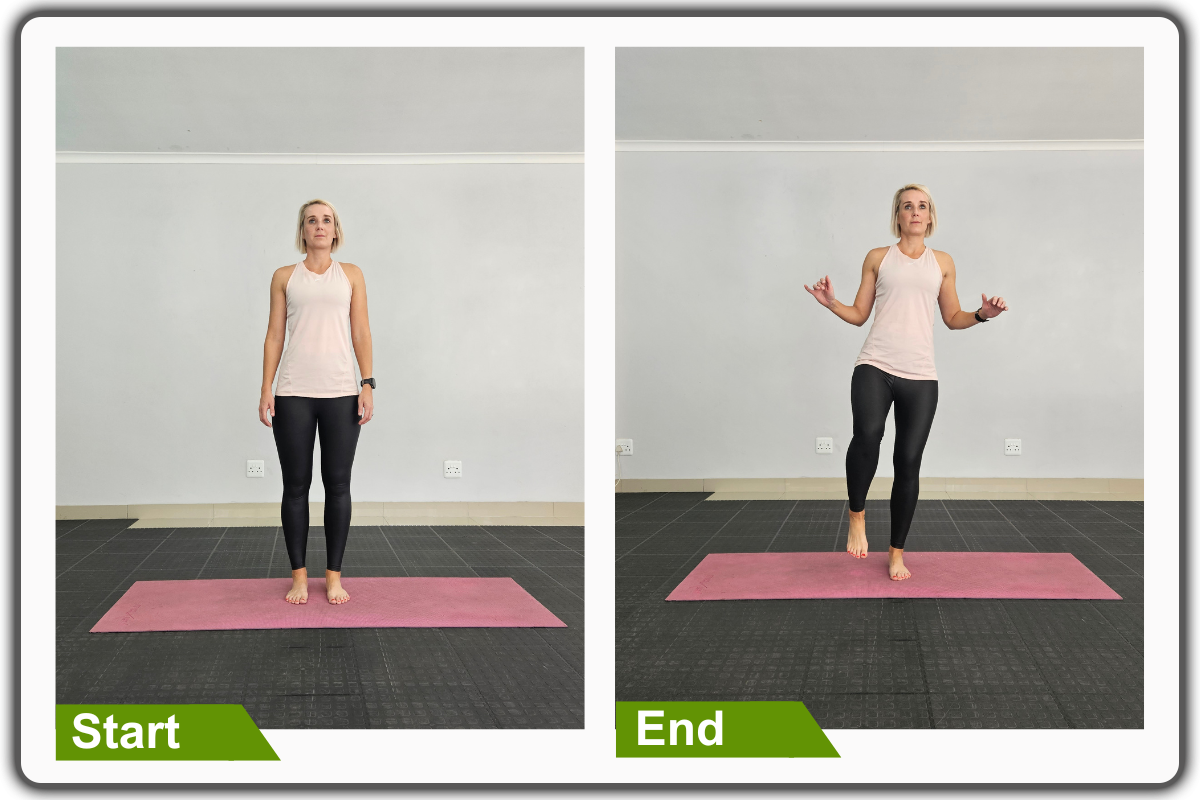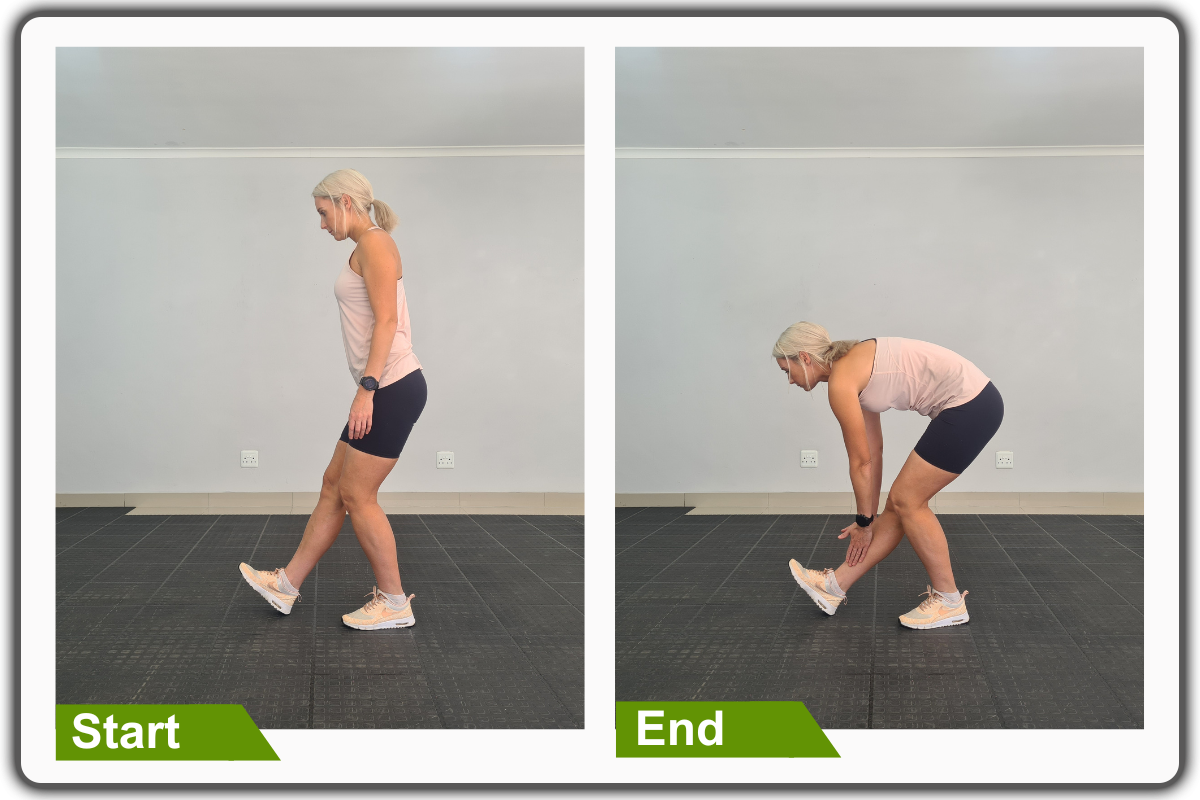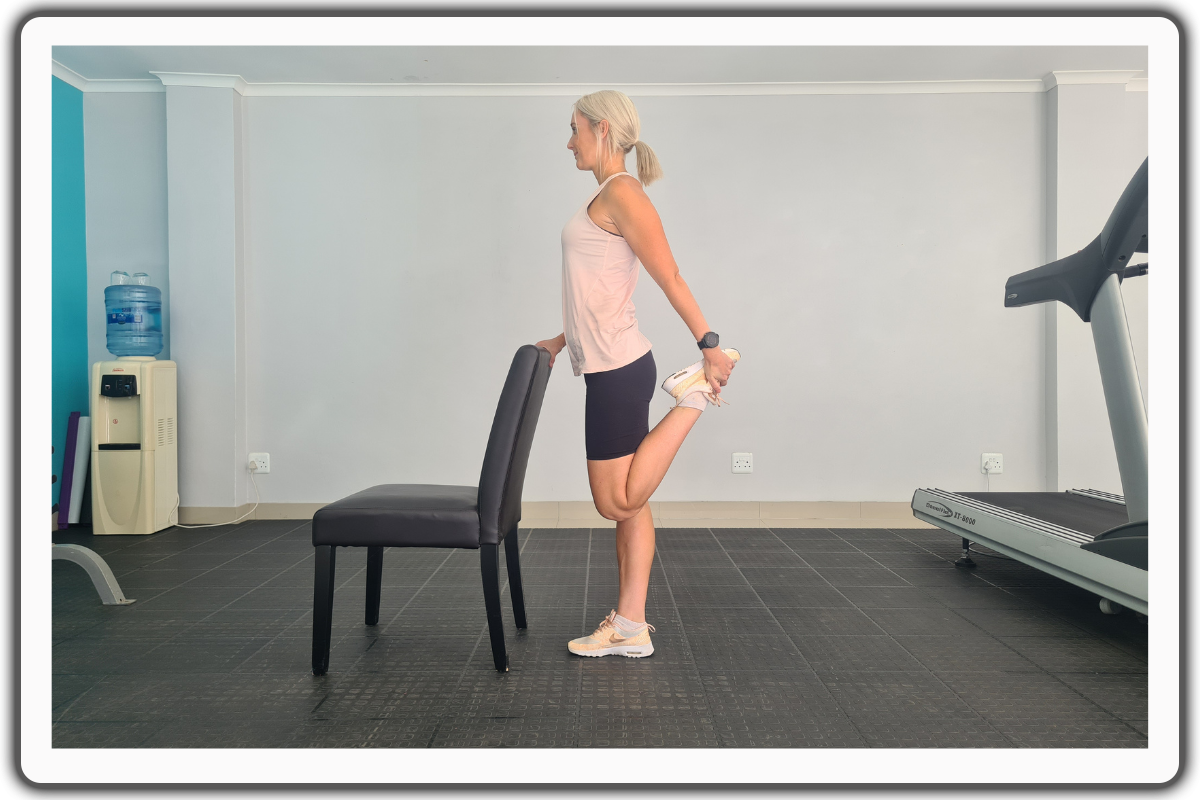Ligaments of the Knee: Understanding, Strengthening, and Protecting Them
Regarding knees, I always think of them as the body's unsung heroes. They don’t get a lot of glory, but let’s face it—if your knees aren’t happy, you’re not going anywhere fast. Whether climbing stairs, chasing your kids, or busting a move on the dance floor, your knees (and their trusty ligaments) quietly do all the heavy lifting.
So, what makes the knee such an MVP? A big part of its superpower comes from its ligaments. These tough, stretchy bands keep everything stable and moving smoothly. But like any overworked hero, they’re also prone to knee injury. In this article, we’ll dive into the fascinating world of knee ligaments, break down how they work, and give you some tips on keeping them strong and healthy. Stick around—you might even laugh once or twice! (Knee-slappers not guaranteed.)
Anatomy of the Knee Joint
The knee is a work of art when it comes to mechanics. It’s the largest joint in the body, designed to handle a lot of pressure while giving you the flexibility to move. At its core, the knee is a simple hinge joint made up of three main bones:
- Femur: The thigh bone sits at the top of the knee.
- Tibia: The shinbone, which forms the lower part of the knee.
- Patella: The kneecap, the little shield that protects the joint.
What keeps these bones from playing a chaotic game of bumper cars? That’s where the ligaments come in. Ligaments are like the ropes that hold everything together. They connect the bones, keep the knee stable, and stop it from moving too much in ways it shouldn’t.
The Four Main Ligaments of the Knee
The knee has four major ligaments, and each one plays a specific role in keeping things stable and balanced. Let’s meet the team:
Anterior Cruciate Ligament (ACL)
The ACL gets a lot of attention—and not in a good way. It’s one of the most commonly torn knee ligaments. The Anterior cruciate ligaments connect the femur to the tibia and keep the shinbone from sliding too far forward. It’s also a key player in controlling rotation. Unfortunately, it’s vulnerable to injuries from sudden stops, pivots, or awkward landings—anything that happens on a soccer field or basketball court.
Posterior Cruciate Ligament (PCL)
The PCL is the ACL’s lesser-known sibling, but it’s just as important. It sits behind the ACL and prevents the tibia from sliding backward. Injuries to the PCL are less common and usually happen in car accidents or hard falls—think “knee-first into the ground” kind of situations.
Medial Collateral Ligament (MCL)
The MCL runs along the inner side of your knee, keeping it from bending inward. It’s like the bodyguard protecting your knee from hits to the outer side. If you’ve ever played contact sports like football, you might know this ligament too well.
Lateral Collateral Ligament (LCL)
Opposite the MCL is the lateral collateral ligament, which runs along the outer side of your knee. Its job is to keep your knee from bending outward. LCL injuries are less common, but they usually happen when there’s a direct impact on the inside of the knee.
Common Knee Ligament Injuries
Knee ligament injuries, including stretch and tear, can range from mild sprains to complete ruptures. They are often caused by sudden movements, trauma, or excessive strain, typically affecting ligaments like the ACL, PCL, MCL, or LCL due to twisting motions, direct impacts, or awkward landings.
ACL Tear
Symptoms: Pain, swelling, instability, and difficulty walking are common symptoms of a cruciate ligament injury. You might also hear a popping sound at the time of injury.
Treatment: This may require surgery and physical therapy, depending on severity.
PCL Injury
- Causes: A direct blow to the front of the knee, often during a car accident or fall.
- Symptoms: Swelling, pain, and difficulty bending the knee. The PCL connects the femur to the tibia, or shin bone, providing stability and strength to the joint.
- Treatment: Often treated with physical therapy, though severe cases may need surgery.
MCL and LCL Sprains
- Causes: Twisting or forceful impact from the side, common in contact sports like football or rugby.
- Symptoms: A collateral ligament injury can cause pain, swelling, and tenderness on the inner or outer knee. It may also lead to popping and buckling of the knee.
- Treatment: Usually treated with rest, bracing, and rehabilitation.
If left untreated, ligament injuries can lead to long-term issues like chronic pain, instability, and even arthritis. Diagnostic tools like MRI scans, X-rays, and physical exams can help pinpoint the problem and guide treatment.
Best Exercises for Stronger Knee Ligaments
Your knee ligaments are like the support beams of a house—they need a solid foundation to keep everything stable. Strengthening the muscles around your knee helps take some of the load off your ligaments, reducing the risk of injury and improving overall joint health.
Strengthening Exercises
1- Squats
Begin in an upright standing position with your feet hip-width apart, maintaining good alignment with your head, shoulders, hips, and legs. Place your hands on your hips and engage your core. Hinge through your hips to move into a squat position, keeping your knees bent behind your toes. Raise back up to an upright standing position, squeezing your glutes at the top position. Repeat the movement for 10 repetitions.
2- Lateral Lunges
Begin in an upright standing position with your feet considerably wider than shoulder-width apart, maintaining good alignment in your upper body. Place your hands on your hips. Engage your core and shift your body weight to one side while extending your opposite leg. Return to the starting position and repeat the lateral lunge movement on the opposite side. Start with 1 set of 10 repetitions on each side.
3- Standing Knee to Chest
Begin in an upright standing position with your feet hip-width apart, maintaining good alignment with your head, shoulders, hips, and legs. Engage your core. Shift your weight onto your one foot and lift your opposite leg to bring your knee towards your chest. Slowly lower your leg to return to the starting position and repeat the movement. After several repetitions, perform the movement on the opposite leg. Start with 1 set of 10 repetitions on each side.
Stability and Balance
1- Step-ups
Begin in an upright standing position before a sturdy bench or step, maintaining good alignment with your head, shoulders, hips, and legs. Engage your core, step up with one foot onto the bench, then bring the other foot up to meet it. Step down one foot at a time. Repeat this movement 10 times on each leg, ensuring controlled and steady steps throughout the exercise.
2- Single-leg balance
Begin in an upright standing position with your feet hip-width apart, maintaining good alignment with your head, shoulders, hips, and legs. Engage your core. To challenge your balance, shift your weight onto one supporting leg, keeping your knee soft. Hold the position for several deep belly breaths, in through your nose and out through your mouth. Relax and repeat the movement on the opposite side.
Flexibility and Mobility
1- Standing Hamstring Stretch
Begin in an upright standing position with your feet hip-width apart, maintaining good alignment with your head, shoulders, hips, and legs. Straighten your right leg out front, pointing your toes towards the ceiling. Engage your core and bend your left knee as you hinge through your hips to bend your upper body forward with your hands reaching your right shin. Hold the position for a couple of seconds. Relax and repeat the movement on the opposite leg. Start off with 1 set of 5 repetitions on each side.
2- Quad stretches
For this exercise, you may utilize a chair or a wall to support your balance if needed.
Begin in an upright standing position behind a chair with your feet hip-width apart, maintaining good alignment with your head, shoulders, hips, and legs. Place one hand on the backrest of the chair for support and balance. Engage your core and bring your heel up against your seat, holding your foot with your other hand. Hold this position for several deep belly breaths through your nose and mouth. Relax and repeat the movement on the opposite side. Start with 1 set of 5 repetitions on each side.
Low-Impact Options
1- Swimming
Swimming is a low-impact exercise that provides a full-body workout while being gentle on the knees. The buoyancy of water reduces strain on the joints, making it ideal for individuals recovering from knee injuries or managing arthritis. It enhances cardiovascular fitness, flexibility, and strength without overloading the ligaments of the knee.
2- Cycling
Cycling is another knee-friendly exercise that strengthens the lower body muscles, including the quadriceps and hamstrings while promoting joint stability. It’s great for improving cardiovascular fitness and building muscle endurance without stressing the knees, making it perfect for injury recovery or prevention.
Lifestyle Changes for Healthy Knees
Making small adjustments to your daily habits can greatly impact knee health.
Weight Management
- Excess weight puts additional pressure on your knees. Shedding even a few pounds can reduce strain and protect your ligaments.
Nutrition
Include foods rich in collagen, vitamin C, and omega-3 fatty acids to keep ligaments strong and joints lubricated. Think salmon, citrus fruits, and bone broth.
Stay Active
- Regular exercise strengthens the muscles around the knee, providing better support and stability.
- Invest in Supportive Gear
- Proper footwear and, if necessary, a knee brace can provide extra stability and reduce injury risk during physical activity.
Treatment and Recovery from Ligament Injuries
Conservative Treatments
- RICE Method: Rest, Ice, Compression, and Elevation can treat minor injuries. A knee ligament injury diagnosed through X-rays, MRIs, and arthroscopy helps visualize and assess potential ligament damage and other joint or bone issues.
- Physical Therapy: Helps restore strength, flexibility, and range of motion.
Surgical Options
- Ligament Reconstruction: Often used for severe ACL or PCL tears.
- Arthroscopy: A minimally invasive procedure to repair the damage.
Advanced Treatments
- Stem Cell Therapy: Promotes natural healing and regeneration.
- Prolotherapy and PRP Injections: Stimulate tissue repair and reduce recovery time.
Recovery times vary depending on the injury and treatment. A full recovery requires patience and adherence to a rehabilitation program.
Lifestyle Tips for Long-Term Knee Health
Your knees will thank you for taking care of them! Here’s how to keep them healthy for years to come:
- Maintain a Healthy Weight: Reduces stress on your joints.
- Incorporate Joint-Friendly Activities: Try yoga, walking, or swimming to stay active without overloading your knees.
- Nutrition for Joint Health: Eat foods rich in collagen, omega-3s, and vitamin C to support ligament health.
- Stay Hydrated: Keeps synovial fluid levels optimal for smooth joint movement.
- Regular Check-Ups: An orthopedic specialist can help you catch issues early.
Conclusion
Let’s face it—our knees don’t get enough love. We ask them to do so much, yet we only notice them when something goes wrong. Trust me, I’ve been there, hobbling around after a tweak and suddenly wishing I had been nicer to them all along.
The good news is, with some knowledge and effort, we can take better care of these important joints. Whether learning about the ACL, PCL, MCL, and LCL or finding the right exercises to keep them strong, every bit helps. So, think of your knees the next time you’re tempted to skip the warm-up or push too hard. They’ll thank you in the long run—and so will future you.
And hey, if you’re ever feeling generous, give your knees a quick pat and say, “Thanks for everything!” Just try not to look too weird doing it.
Bonus FAQs
1. What are the most common ligament injuries in the knee?
ACL tears are the most frequent, particularly among athletes.
2. How can I prevent ACL injuries?
Strengthen your quadriceps and hamstrings, improve balance, and always warm up before activity.
3. Can knee ligament injuries heal without surgery?
Many minor sprains heal with rest and rehab, but severe tears may require surgery.
4. What are the best exercises to strengthen knee ligaments?
Wall sits, hamstring curls, and step-ups are highly effective for building strength.
References
- University of Rochester Medical Center/ Knee Ligament Injuries/ https://www.urmc.rochester.edu/encyclopedia/content.aspx?contenttypeid=85&contentid=p00926
- National Library of Medicine/ Anterior Cruciate Ligament Knee Injury/ Etiology/ https://www.ncbi.nlm.nih.gov/books/NBK499848/

